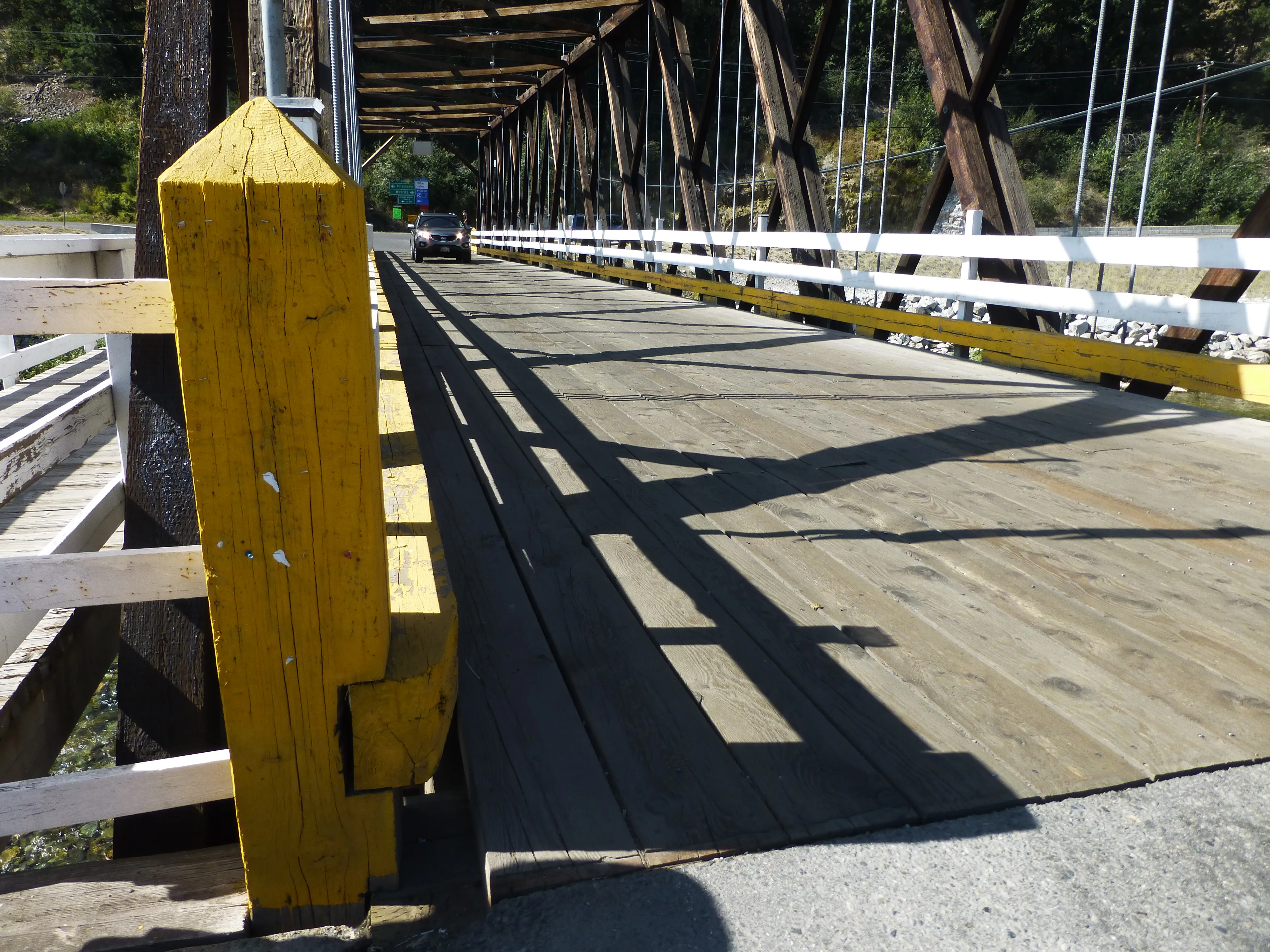Many Norwegian roads are at risk from landslides.
By MJ Woof
January 22, 2020
Read time: 1 min

Newly available information has revealed the risk to Norway’s road network posed by landslides. The data has been provided by the Norwegian Public Roads Administration (Statens Vegvesen). According to the data, there are 250 sites where the possibility of a landslide is considered high risk. Meanwhile there are another 650 sites where the potential for a landslide is considered a medium risk. Tackling all 900 of these sites to prevent landslides would cost an estimated €7.14 billion.






